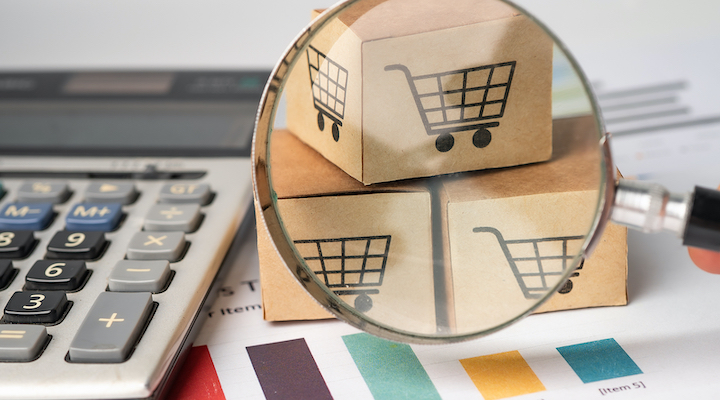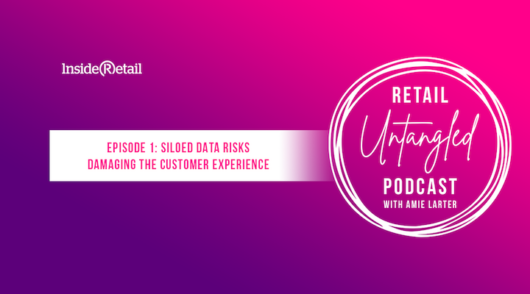In this Post-Covid trading environment, where online sales are now accounting for 25 per-cent or more of retail sales, the majority of Australian retailers are reviewing their physical store network.
In reality, many retailers may be better served by retaining a smaller, high-performance store network. To achieve this outcome, retailers are pursuing optimisation efforts that typically fall into two streams.
The first stream of activity is the most obvious one: rationalise the store network. This entails closing underperforming or unprofitable stores and negotiating sustainable rents for the remaining stores with the landlords.
The second stream of activity is all about productivity – optimising the performance of stores to ensure they maximise sales with the lowest cost to serve. When seeking to improve productivity, retailers will increasingly lean into data to drive change through a range of functions. There are proven approaches to using data that can be adopted by all retailers. The more advanced retailers are using tightly defined data and insights that drive specific behaviours and outcomes. There are a number of areas that retailers are focusing on.
Sales team performance management
A high-performance sales team will deliver up to 50-per-cent better in-store sales results. Store managers need to have access to data KPIs comparing firstly their store to other like stores, and then by the salesperson in order to identify strengths and weaknesses in the team. KPIs should extend beyond sales and transaction values to target specific behaviours that deliver long term results. This may include KPIs that measure engagement with VIP customers, capturing of critical data for marketing purposes, participation in loyalty programs and basket composition. Tracking KPIs on a consistent basis will inform both training and staff development opportunities as well as rostering.
Staffing efficiencies
Store wages are one of the primary costs for a retail operation, but unlike rent, they are variable and can be managed across time to reflect demand. To maximise the productivity of store wage spend, high-performance retailers are blending sales data with store traffic data and payroll information to optimise rosters. For many retailers, this data already exists in the business, but store managers need to be able to review this in an integrated and easy to digest way in order to implement effective change to their rosters.
Operational execution
Data can play a role in driving operational behaviours that in turn will optimise selling opportunities. These often entail using exception-based alerts to trigger an action in store relating to a specific issue. Examples of such operational execution alerts include:
- Goods in transit not yet received.
- Outstanding customer orders to fulfil.
- Stock adjustment alerts.
- Negative and false stock.
- Loss prevention.
Customer focus
Many retailers will have a focus on both retaining core customers and nurturing relationships with their key (think VIP) customers. For a lot of discretionary retailers, these key customers can account for a significant slice of the revenue, so customer-centric retailers are now starting to use the data around these customers to drive change. Retailers are providing stores teams with not only the list of key customers but also how they are spending – and in some cases interacting – with loyalty programs.
They are driving productivity by ensuring that sales teams allocate sufficient time to the key customers that move the sales needle. Even more importantly they are using this data to re-engage with lapsed customers using techniques like soon to expire loyalty points. Tracking metrics around key customer acquisition and retention is also becoming a core strategy for many retailers.
How to enable this for store teams
Quality not quantity is critical when it comes to using data to optimise the store network. Store managers do not have the time nor the inclination to pour through reams of data to find the golden nuggets that will make a difference to them. It needs to be served up in a concise and easy to digest method – think dashboards and exception-based insights. The real challenge for the executives looking to optimise their productivity is defining clearly the priorities for the store teams and ensuring the data provided is fit for purpose to promote genuine change.
If you would like to more learn about optimising your store productivity, please visit The Retail Score and register for a webinar.






